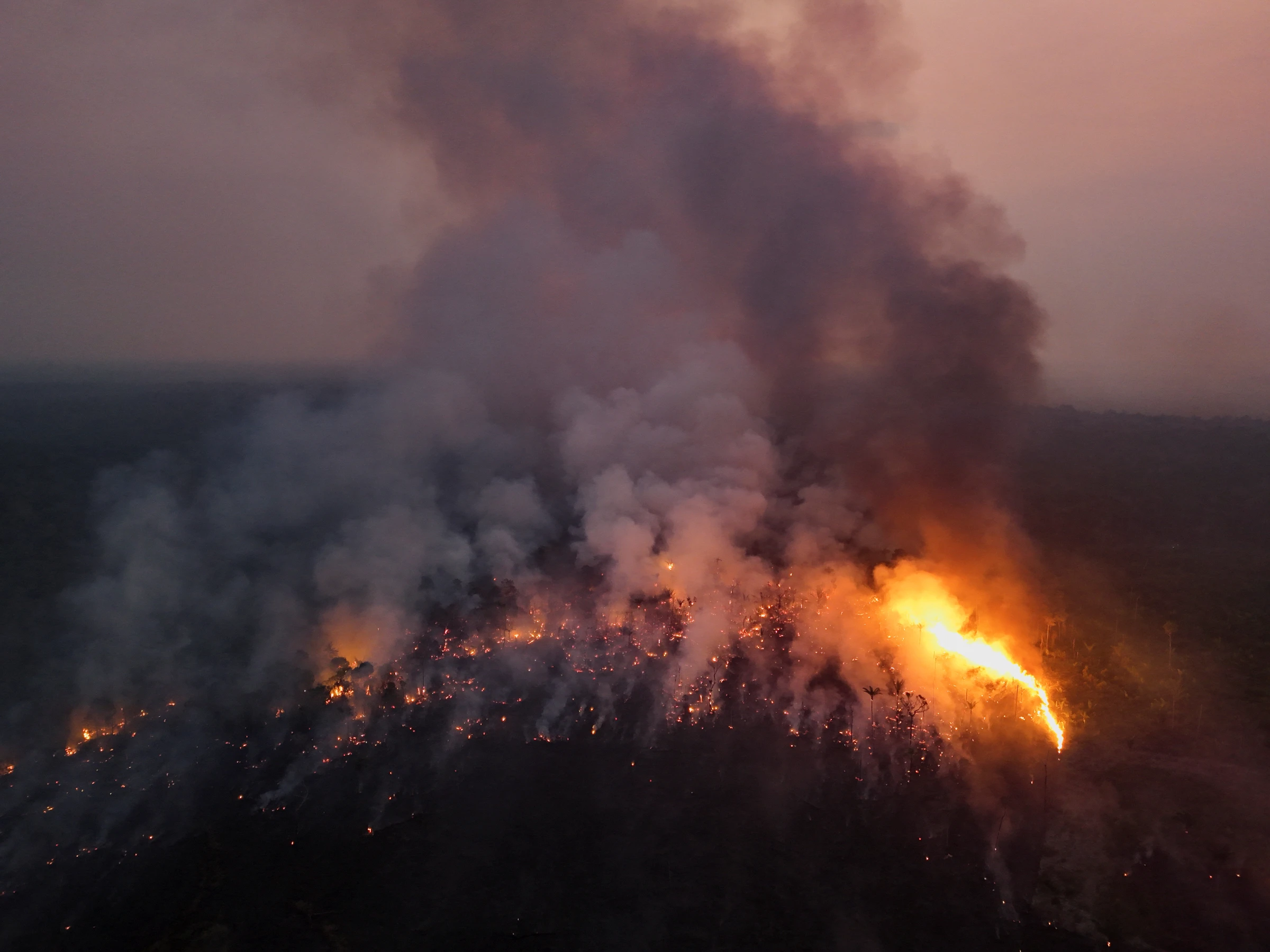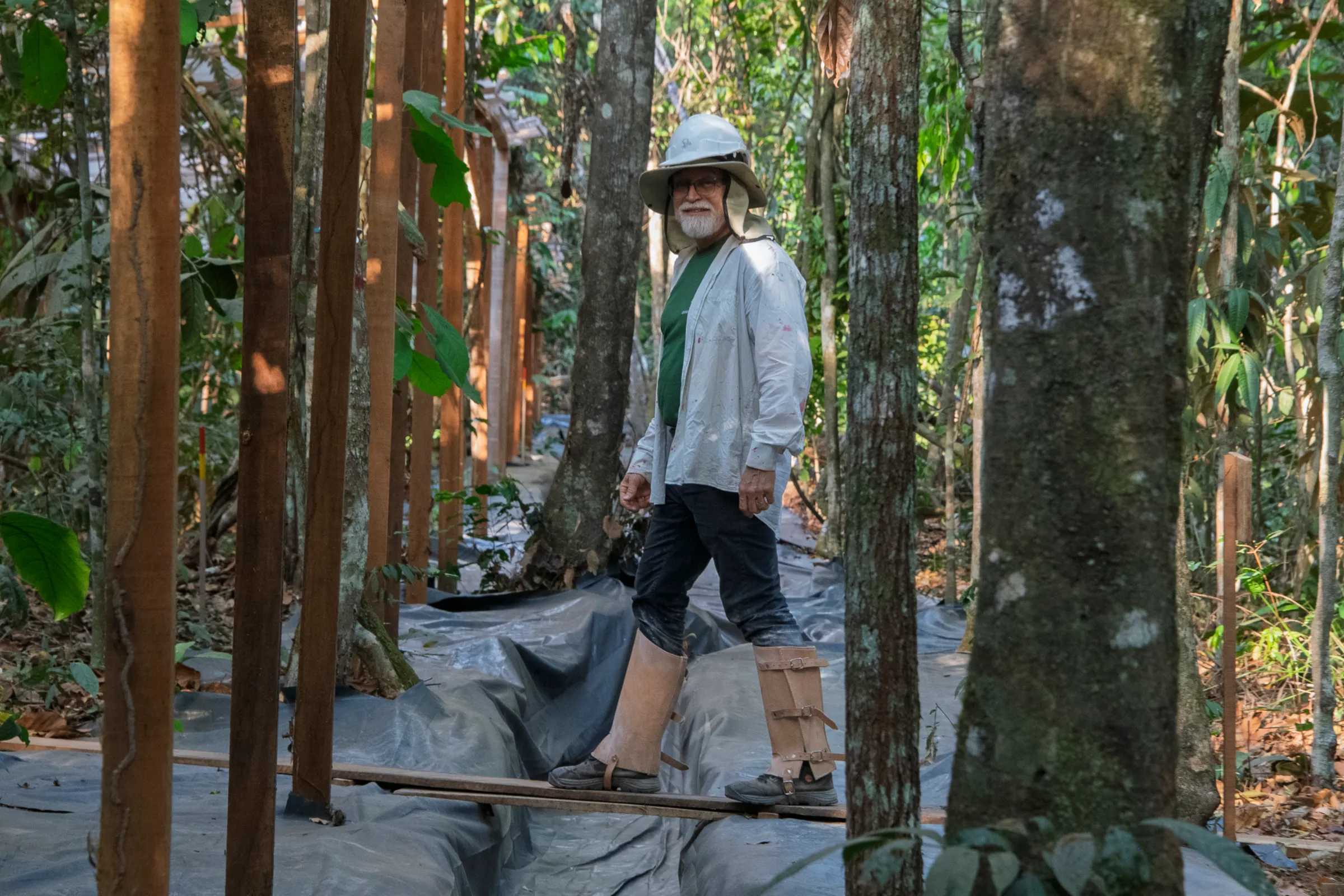Tipping points in the Amazon
One Sunday afternoon in September last year, I sat relaxing on Ipanema beach in my hometown of Rio de Janeiro ahead of a trip to report on wildfires in Brazil's faraway Midwest.
But in a sense, the wildfires got to me before I could get to them.
The bright sunlight was dimmed by smog coming all the way from the burning Amazon, more than 800 miles away.
I was stunned by the purple-hued sunset, like a scene from a science fiction movie.

A view of the devastation caused by a forest fire in the Amazon in Labrea, Amazonas state, Brazil September 4, 2024. REUTERS/Bruno Kelly
A view of the devastation caused by a forest fire in the Amazon in Labrea, Amazonas state, Brazil September 4, 2024. REUTERS/Bruno Kelly
As the world reaches record temperatures, South America has faced unprecedented drought and fires.
The expanse of burnt Amazon forests in 2024 was double the previous record, raising concern that large portions could be descending into a downward and irreversible spiral - or a tipping point.
As deforestation, fossil fuel burning and global warming continue at pace, one thing seems certain to me; it was not the last time Rio skies would turn purple with toxic smog.

Government PrevFogo firefighters ignite controlled blazes to clear land to make room for a manioc root crop in the Amazon, Xingu Indigenous Park, Brazil, September 1, 2025. THOMSON REUTERS FOUNDATION/André Cabette Fábio
Government PrevFogo firefighters ignite controlled blazes to clear land to make room for a manioc root crop in the Amazon, Xingu Indigenous Park, Brazil, September 1, 2025. THOMSON REUTERS FOUNDATION/André Cabette Fábio
This year, I set out to speak to scientists and Indigenous peoples on the frontlines of this crisis, to understand the limits of the world's largest rainforest.
The stories below explain what these people are experiencing in one of the Amazon's driest and most fragile regions.
They take you from a pioneer, tree-hugging scientist called Ben Hur to an Indigenous community under threat from expanding agriculture, worsening drought and wildfires.
Their answers show that for much of the Amazon, the tipping point might be here and now.



